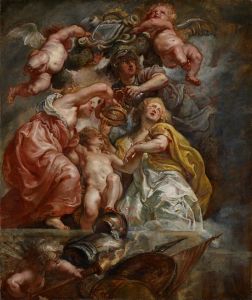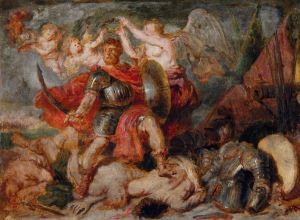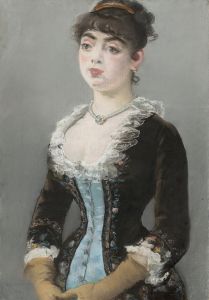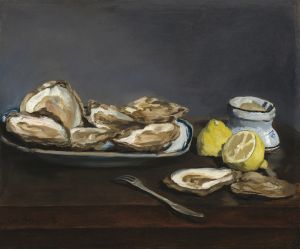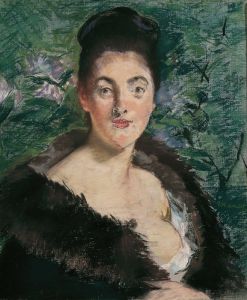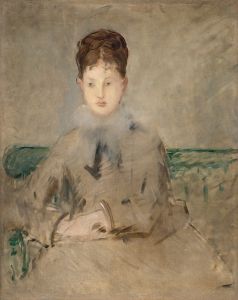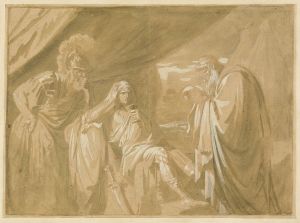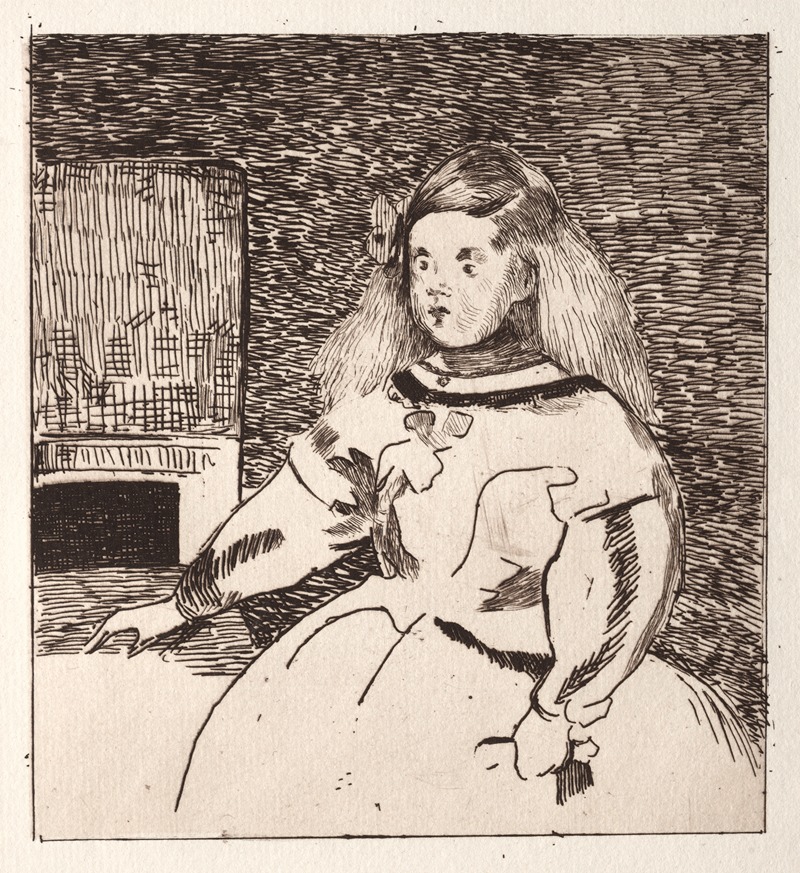
L’infante Marguerite
A hand-painted replica of Édouard Manet’s masterpiece L’infante Marguerite, meticulously crafted by professional artists to capture the true essence of the original. Each piece is created with museum-quality canvas and rare mineral pigments, carefully painted by experienced artists with delicate brushstrokes and rich, layered colors to perfectly recreate the texture of the original artwork. Unlike machine-printed reproductions, this hand-painted version brings the painting to life, infused with the artist’s emotions and skill in every stroke. Whether for personal collection or home decoration, it instantly elevates the artistic atmosphere of any space.
Édouard Manet's painting L’infante Marguerite is a work inspired by the Spanish Golden Age and specifically pays homage to the renowned Spanish painter Diego Velázquez. Created in 1862, this painting reflects Manet's admiration for Velázquez, whose works he studied extensively during a trip to Spain in the same year. The painting depicts a reinterpretation of the Infanta Margarita Teresa, a recurring subject in Velázquez's portraits, most notably in his masterpiece Las Meninas (1656).
Manet's L’infante Marguerite is not a direct copy of Velázquez's work but rather a reinterpretation that showcases Manet's modern approach to painting. The figure of the young Infanta is rendered with loose, expressive brushstrokes, a hallmark of Manet's style, which contrasts with the more detailed and formal techniques of Velázquez. The painting captures the Infanta in a regal pose, dressed in an elaborate gown typical of Spanish court fashion in the 17th century. However, Manet's use of light and color gives the work a more contemporary and impressionistic feel, distinguishing it from the original Baroque aesthetic.
This work is part of Manet's broader exploration of Spanish themes, which were a significant influence on his early career. His admiration for Spanish art and culture is evident in several of his other paintings, such as The Spanish Singer (1860) and Mlle V... in the Costume of an Espada (1862). These works reflect his fascination with the drama and richness of Spanish traditions, as well as his desire to innovate within the framework of European art history.
The painting is currently housed in the Musée d'Orsay in Paris, France, where it is part of the museum's extensive collection of 19th-century art. It is considered an important example of Manet's engagement with the Old Masters and his ability to reinterpret their legacy through a modern lens. While not as famous as some of his other works, such as Olympia or Le Déjeuner sur l'herbe, L’infante Marguerite remains a testament to Manet's skill in blending tradition with innovation.
This painting is often studied in the context of Manet's artistic development and his role in bridging the gap between Realism and Impressionism. It highlights his ability to draw inspiration from historical sources while simultaneously challenging and redefining artistic conventions of his time.





